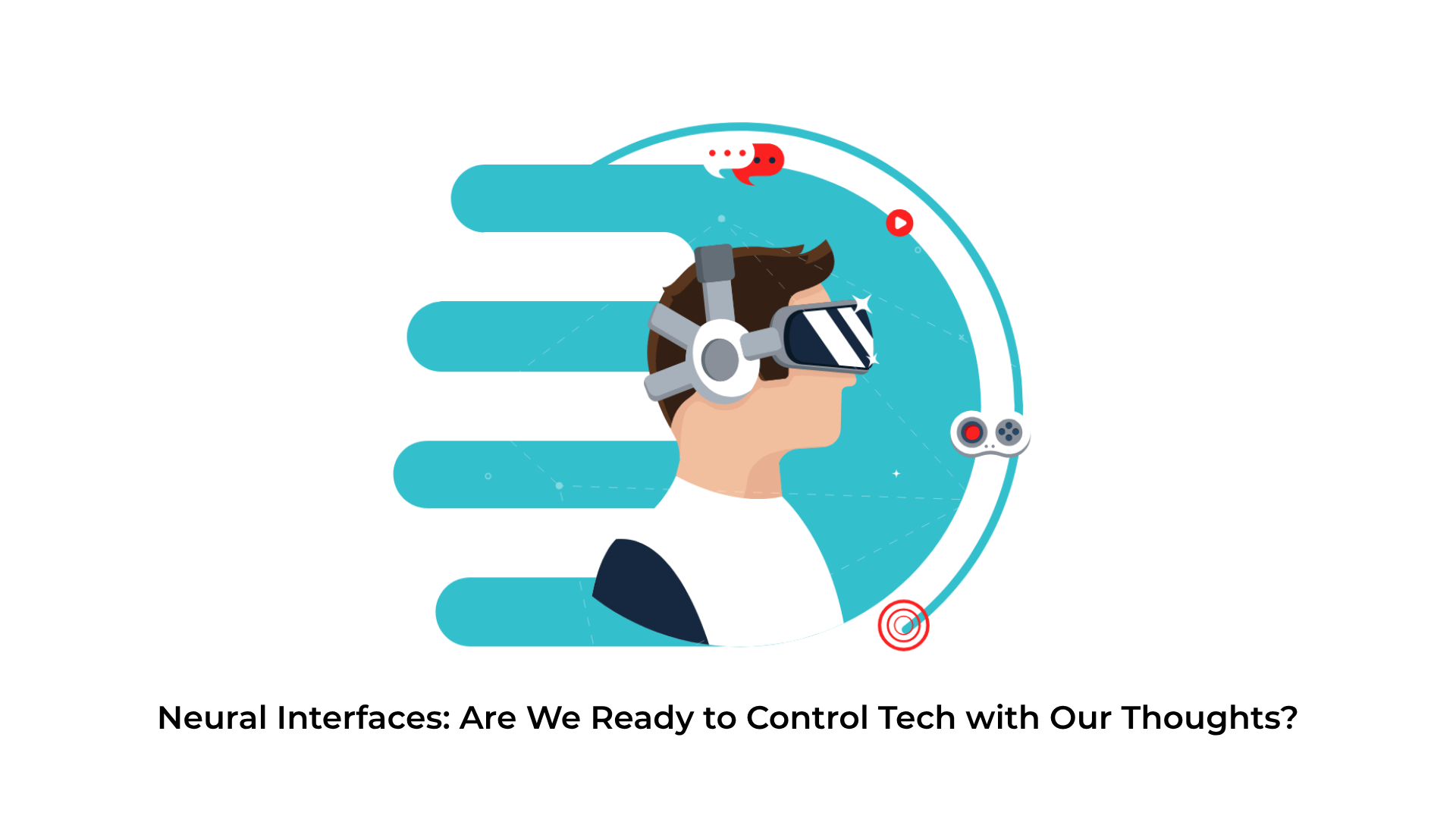In 2025, the line between our brains and machines will be thinner than ever. Once a far-off sci-fi concept, brain-computer interfaces (BCIs) undergo real-world testing, development, and even human trials. With breakthroughs from companies like Neuralink and growing support from open-source BCI initiatives, we’re approaching a world where thinking could replace typing, touching, or speaking.
But are we ready for this shift?
What Are Brain-Computer Interfaces (BCIs)?
A brain-computer interface is a system that connects the brain to an external device, enabling direct communication between neurons and computers. BCIs capture and interpret neural signals, which can then be used to control digital systems, robotic limbs, or even entire software environments.
The Players Pushing the Frontier in 2025
Neuralink
Elon Musk’s Neuralink recently implanted its first human BCI chip, called “telepathy,” allowing the user to move a cursor on a screen using thought. With wireless data transfer and a compact, coin-sized design, Neuralink aims to treat neurological conditions and eventually merge humans with AI.
Synchron
Unlike Neuralink, which requires open-skull surgery, SSynchron’s Stentrode can be implanted via blood vessels. It has already shown promise in helping paralyzed individuals send text messages or browse the web using thoughts.
OpenBCI & Community Projects
The OpenBCI initiative and tools like the Ultracortex EEG headset democratize neural technology. Developers, researchers, and hobbyists can experiment with BCIs without massive investment, spurring open-source growth in brainwave-driven applications.
What Can BCIs Do Right Now?
- Cursor and Device Control: Users can move the cursor or type via thought alone.
- Robotic Limb Control: Paralysis patients can control prosthetics in real-time.
- Gaming & Virtual Reality: Early experiments show the control of avatars using mental commands.
- Mood & Health Monitoring: BCIs can detect fatigue, anxiety, or cognitive decline.
The Challenges: Ethical, Technical, and Psychological
Despite exciting progress, BCIs raise massive questions:
- Privacy: Who owns your brain data? Could it be hacked?
- Safety: Invasive methods still carry surgical risks.
- Bias & Access: Will only the wealthy benefit from brain-enhancing tech?
- Mental Overload: Are we cognitively ready to interact with devices constantly via thought?
Are We Ready? A Measured Yes
We are on the verge of something revolutionary, but it has become mainstream overnight. Most experts agree that 2025 is still a transitional year, not a transformational one. The tech is real. The results are promising. However, widespread use will require more testing, regulation, and public trust.
The Bottom Line
Neural interfaces are no longer just experimental toys or medical aids; they’re quickly becoming the next frontier in human-computer interaction. As we push toward a future where we control tech with pure thought, society must decide how fast we go and at what cost.

